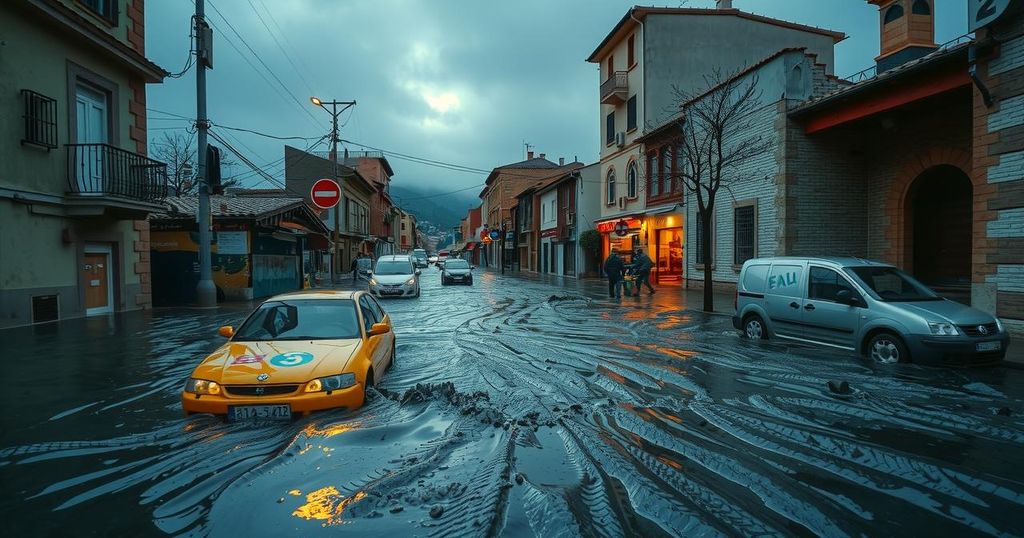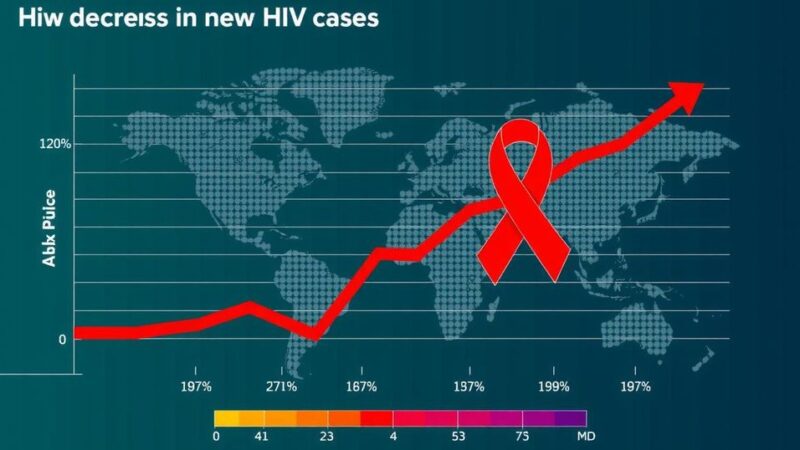Unprecedented flash floods in eastern Spain on October 31, 2024, led to the loss of at least 158 lives, with the majority of casualties in the Valencia region. Triggered by severe rainfall, the flooding overwhelmed urban infrastructures and caught individuals off guard. Authorities attribute the disaster to a combination of climate change factors, including elevated sea temperatures and changing weather patterns. This disaster marks one of the deadliest flooding events in Spain’s recent history, highlighting the urgency of addressing climate resilience.
On October 31, 2024, eastern Spain experienced devastating flash floods triggered by severe rainfall, leading to the tragic loss of at least 158 lives, particularly in the Valencia region. These floods occurred with alarming rapidity, overwhelming individuals in vehicles, homes, and various establishments. Recovery operations revealed the grim aftermath, with authorities finding numerous victims, primarily in Valencia, alongside a significant number of individuals reported missing. The extreme precipitation was concentrated around the Magro and Turia rivers, with areas such as Chiva receiving unprecedented rainfall—more in eight hours than they had accumulated over the past 20 months. As flooding escalated, many individuals were caught off guard, leading to harrowing scenarios where some were forced to seek refuge atop their vehicles while others attempted to escape to higher ground. Meteorologists and climate experts attributed this severe weather phenomenon to a cut-off lower pressure storm system influencing extraordinary rainfall patterns, compounded by the unusually high temperatures of the Mediterranean Sea. The current climatic shifts, exacerbated by human-induced factors, have reportedly intensified the cycles of drought and flooding that Spain has experienced in recent years. Historical accounts suggest that while Spain is no stranger to seasonal storms, this incident outstripped prior events in severity, marking it as the deadliest flooding in recent memory, surpassing earlier tragedies such as the 1957 floods that resulted in 81 deaths. The recovery efforts are underway, with affected residents wrestling against the remnants of mud and debris in a landscape altered by nature’s fury, as they face power outages and scarcity of essential goods. Authorities continue to search for the missing, demonstrating the pervasive and heartbreaking impact of this natural disaster across the region.
In recent years, Spain has witnessed increasing occurrences of severe weather events attributed to climate change. This phenomenon is particularly evident along the Mediterranean coast, where summer droughts can quickly transition into catastrophic flooding during autumn storms. Recent events, particularly in 2022 and 2023, highlight a disturbing pattern of alternating droughts and floods, underscoring the urgency of addressing climate-related challenges. The latest floods in Valencia serve as another poignant reminder of the vulnerabilities faced by communities in the face of climate variability, prompting reflection on preparedness and resilience against future natural disasters.
The catastrophic flooding in Valencia, Spain, represents a stark reminder of the escalating impact of climate change on extreme weather patterns. With at least 158 lives lost and many more affected, the tragedy outlines the vulnerabilities of communities situated in climate-sensitive regions. This incident not only surpasses historical flooding records but also raises critical questions about future preparedness and mitigation strategies to safeguard lives and property against similar calamities.
Original Source: apnews.com






